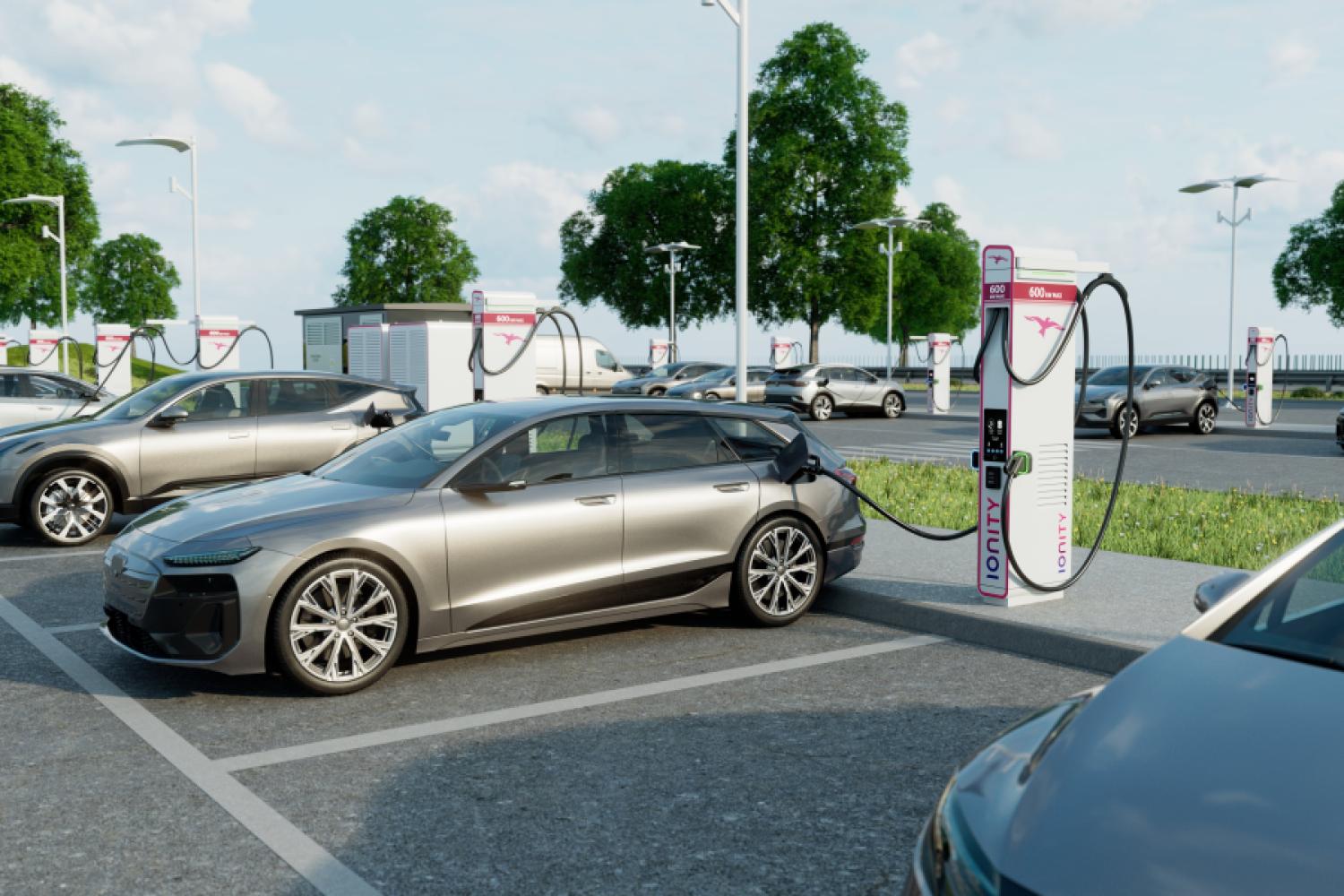The fashion and lifestyle company Breuninger has commissioned the system integrator Element Logic with the planning and implementation of a large "AutoStore" system as well as the coordinated process control for the expansion of its logistics service center (WDZ). This was announced by Element Logic in a press release on February 10. Breuninger expanded the approximately 76,000 square meters of gross floor area of the WDZ, which was put into operation in 2019, by an additional hall with around 40,000 square meters, as reported by LOGISTIK HEUTE in issue 1-2 2025: Growth in Sachsenheim.
For the expansion of the Breuninger-WDZ, Element Logic designed an "AutoStore" system that, with its large dimensions, extends over two fire protection zones even in the initial implementation phase. In the shafts of the aluminum grids, connected by three fire doors, the system offers a total of more than 200,000 container slots on 5,400 square meters of storage space.
To quickly implement expansion projects, the system layout already includes a future third system block for an upcoming extension stage. If there is a growing need for performance or capacity, the system can be expanded - a fundamental principle of the "AutoStore" technology - with additional shafts and slots or robots and ports.
System containers are stacked up to 16 times
The 330 millimeter high system containers are stacked up to 16 times in the shafts. On the grid surface, a total of nearly 300 small robots operate. During storage, they stack the filled system containers in the shafts, relocate them, and deliver them - for order picking - to the workstations installed as a component of the "AutoStore" overall system, the so-called ports.
For equipping the facility and picking the order articles, Element Logic has installed 35 of these workstations at the container warehouse. Of them, 23 are so-called 'Carousel Ports', designed for higher storage throughputs. These are predominantly used for picking. The twelve other ports, called 'Conveyor Ports' for lower throughputs, largely serve to equip system containers with incoming goods. The special feature: The ports are integrated into the facility in a freestanding manner, thereby enabling the easy integration of inbound and outbound conveyor technology at the workstations at the 'AutoStore'.
"An optimal separation of the storage cube with the ports, material flows, and process areas was realized here," explains Joachim Kieninger, Director of Strategic Business Development Element Logic Germany. "The storage cube with the ports is installed on the third floor."
A double-decker conveyor system supplies the "carousel ports" on the upper level with empty containers and disposes of the filled destination containers towards shipping on the lower level. In parallel, Breuninger has commissioned the subsidiary S&P of Element Logic to implement the software "SuPCIS-L8" for controlling the complex processes. As a subsystem to the existing warehouse management software, "SuPCIS-L8" takes over inventory management as well as the workstation dialogues at the ports. The software improves the "AutoStore" processes and offers prioritization strategies for upcoming tasks. Via a standardized interface, the "AutoStore Connector," "SuPCIS-L8" also integrates the container storage system with real-time data exchange into the coordinated process control in the warehouse.
For this purpose, "SuPCIS-L8" offers some features specifically designed for AutoStore. For example, the container management is tailored to the management of multi-SKU to optimize inventory levels. This allows goods from several containers to be consolidated and thus compressed into one container, or goods from one container to be divided into several containers, i.e., separated. In this way, Breuninger can not only store mixed goods in one container but also equip each compartment of a four-partitioned bin with different items and specify special restrictions. This allows, for example, half-empty containers to be fully filled during storage. A fill level monitoring displays how many bins are still completely empty or still have empty partitions.






